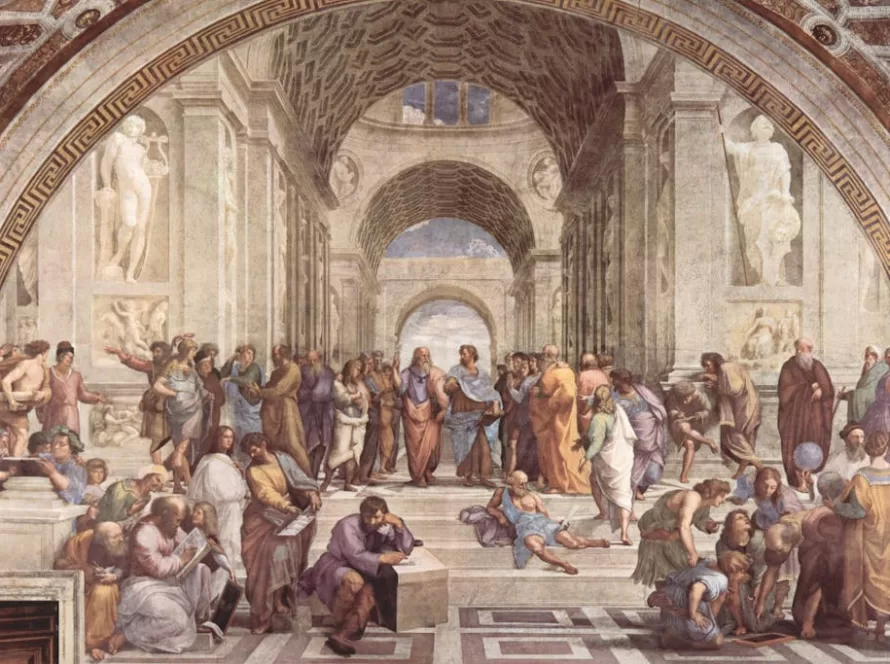The book genre list is the universe of books. Where imagination knows no bounds and stories come to life on every page. Whether you’re a devoted bookworm or a casual reader. There’s a whole universe of genres waiting to be found. In this comprehensive genre guide, we’ll be diving into the diverse and interesting world of literature. Showcasing the range of genres that will ignite your imagination and keep you turning the pages.
Scroll from heart-pounding thrillers to lighthearted romances. Thought-provoking science fiction to gripping historical dramas. There’s a genre to suit every taste and mood. We’ll uncover the intricacies of each genre, discussing their defining characteristics. Notable authors, and must-read titles that have left an indelible mark on the literary landscape.
Whether you’re seeking an escape into a fantastical realm, a dive into the depths of human emotions, or a journey through the annals of history, this genre guide will provide you with the roadmap to venture on new literary adventures. So, grab a cup of tea, find a cozy nook, and let’s begin our quest to explore the enchanting world of books.
Why it’s important to explore different book genres

Fiction genres: a breakdown of popular categories
Fiction is a broad genre encompassing a variety of subgenres, each with its unique characteristics. Let’s take a closer look at some of the most popular categories within the fiction genre:
1. Fantasy: Fantasy novels transport readers to magical realms filled with mythical creatures, epic battles, and extraordinary adventures. From J.R.R. Tolkien’s “The Lord of the Rings” to J.K. Rowling’s “Harry Potter” series, fantasy literature has captivated readers of all ages with its imaginative worlds and compelling narratives.
2. Science Fiction: Science fiction explores the potential consequences of scientific and technological advancements. Often set in the future or alternate realities, science fiction novels tackle complex themes such as artificial intelligence, space exploration, and dystopian societies. Isaac Asimov’s “Foundation” series and Margaret Atwood’s “The Handmaid’s Tale” are prime examples of thought-provoking science fiction.
3. Mystery: Mystery novels are characterized by their focus on solving a crime or unraveling a puzzle. These stories often involve a detective or amateur sleuth who must piece together clues and uncover the truth. Authors like Agatha Christie with her iconic detective Hercule Poirot and Arthur Conan Doyle with Sherlock Holmes have become synonymous with the mystery genre.
Non-fiction book genre list: a guide to different subjects
While fiction transports us to imaginary worlds, non-fiction provides a window into the real world. Here are some popular non-fiction genres that cover a wide range of subjects:
1. Biography: Biographies offer a glimpse into the lives of real people, from historical figures to contemporary celebrities. These books shed light on the achievements, struggles, and experiences of individuals who have left a lasting impact on society. Nelson Mandela’s autobiography “Long Walk to Freedom” and Michelle Obama’s memoir “Becoming” are examples of powerful biographical works.
2. History: History books delve into the events and narratives that have shaped our world. From ancient civilizations to modern revolutions, historians provide insights into the past, helping us understand the present. Books like Yuval Noah Harari’s “Sapiens: A Brief History of Humankind” and Doris Kearns Goodwin’s “Team of Rivals” provide gripping accounts of historical events.
3. Self-help: Self-help books aim to inspire personal growth and provide practical advice for overcoming challenges and achieving success. These books cover a wide range of topics, including self-improvement, relationships, and career development. Dale Carnegie’s “How to Win Friends and Influence People” and Brené Brown’s “The Gifts of Imperfection” are renowned self-help titles.
Children’s book genre list: understanding age-appropriate literature
Children’s books are written with specific age groups in mind, catering to their developmental needs and interests. Let’s explore some of the key children’s book genres:
1. Picture Books: Picture books are often aimed at young children and feature colorful illustrations alongside simple text. They help young readers develop their vocabulary, imagination, and storytelling skills. Classics like Maurice Sendak’s “Where the Wild Things Are” and Eric Carle’s “The Very Hungry Caterpillar” have delighted generations of children.
2. Middle Grade: Middle-grade books target readers aged 8 to 12 and often revolve around relatable characters navigating the challenges of growing up. These books tackle themes of friendship, identity, and self-discovery. J.K. Rowling’s “Harry Potter” series and Rick Riordan’s “Percy Jackson” series are beloved middle-grade classics.
3. Young Adult: Young adult (YA) books cater to teenagers and explore more mature themes such as love, identity, and social issues. YA literature has gained immense popularity in recent years, with bestselling series like Suzanne Collins’ “The Hunger Games” and John Green’s “The Fault in Our Stars” captivating readers of all ages.
Fantasy and science fiction: diving into magical and futuristic realms
Fantasy and science fiction are two genres that transport readers to extraordinary worlds beyond reality.
Literature is filled with mythical creatures, magical powers, and epic quests. It allows readers to escape to realms where anything is possible. From J.R.R. Tolkien’s Middle-earth to George R.R. Martin’s Westeros, fantasy worlds have captivated readers for generations.
Science fiction, on the other hand, takes readers on journeys into the future or alternate realities. It often explores the consequences of scientific and technological advancements, raising thought-provoking questions about humanity’s relationship with technology and the universe. Works like Isaac Asimov’s “Foundation” series and Philip K. Dick’s “Do Androids Dream of Electric Sheep?” have become science fiction classics
Mystery and thriller: unraveling suspenseful plots
Mystery and thriller novels keep readers on the edge of their seats as they unravel suspenseful plots and attempt to solve perplexing mysteries.
Novels revolve around the investigation of a crime or the unraveling of a puzzle. They often feature detectives or amateur sleuths who use their deductive skills to uncover the truth. From the classic whodunits of Agatha Christie to the gripping psychological thrillers of Gillian Flynn, the mystery genre offers a wide range of captivating stories.
Thrillers, on the other hand, focus on suspense and excitement. These books often involve high-stakes situations, fast-paced action, and unexpected twists. Authors like Dan Brown with his Robert Langdon series and James Patterson with his Alex Cross novels have mastered the art of keeping readers on the edge of their seats.
Romance and drama: exploring the complexities of relationships
Romance and drama novels delve into the intricacies of human relationships. They explore themes of love, passion, heartbreak, and personal growth.
Romance novels center around love stories and often have a happy ending. They can range from lighthearted and comedic to passionate and steamy. Authors like Jane Austen with her timeless classics such as “Pride and Prejudice” and Nicholas Sparks with his emotionally charged novels like “The Notebook” have captured the hearts of countless readers.
Drama novels, on the other hand, focus on complex relationships and explore themes of family, friendship, and personal struggles. These books often delve into deeper emotional territories and tackle challenging subjects. Celeste Ng’s “Little Fires Everywhere” and Khaled Hosseini’s “The Kite Runner” are examples of powerful drama novels that tug at the heartstrings.
Historical fiction: stepping into the past through literature
Historical fiction allows readers to enter the past and experience different periods through the eyes of fictional characters. These novels blend historical accuracy with imaginative storytelling, bringing history to life in a compelling way.
Historical fiction offers a window into different eras, shedding light on significant events, cultures, and individuals. Authors like Hilary Mantel with her “Wolf Hall” series and Ken Follett with his “The Pillars of the Earth” trilogy have masterfully recreated historical settings, immersing readers in richly detailed worlds.
Conclusion: The joy of exploring diverse book genre list
In conclusion, the world of books is a treasure trove of genres waiting to be explored. From the realms of fantasy and science fiction to thrilling mysteries and emotional dramas, there is a genre to suit every taste and mood. By venturing into different genres, you’ll embark on literary adventures that will broaden your horizons, spark your imagination, and leave you craving for more.
So, grab a cup of tea, find a cozy nook, and let the enchanting world of books transport you to places you’ve never been and introduce you to characters who will stay with you long after you’ve turned the final page. Happy reading!




